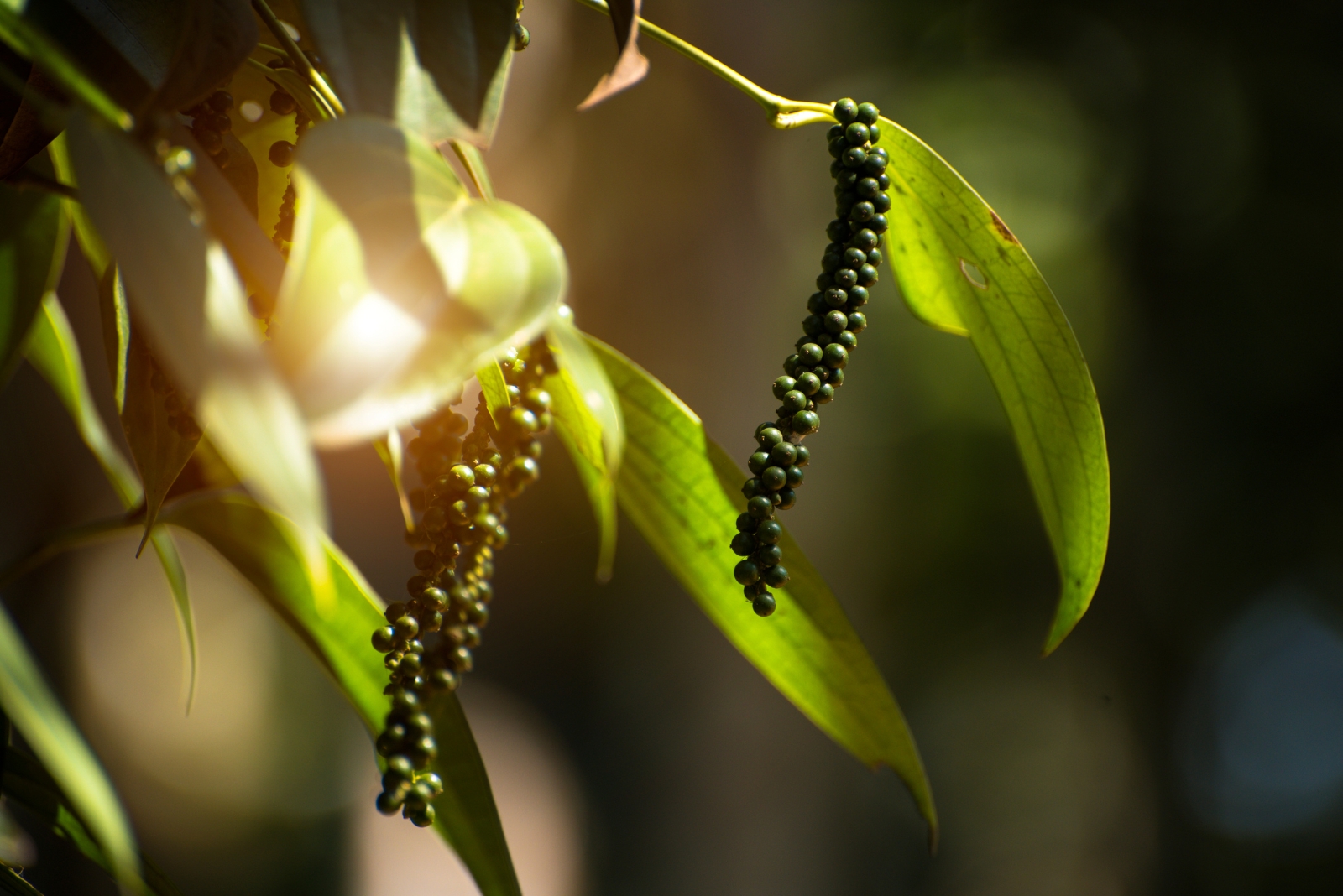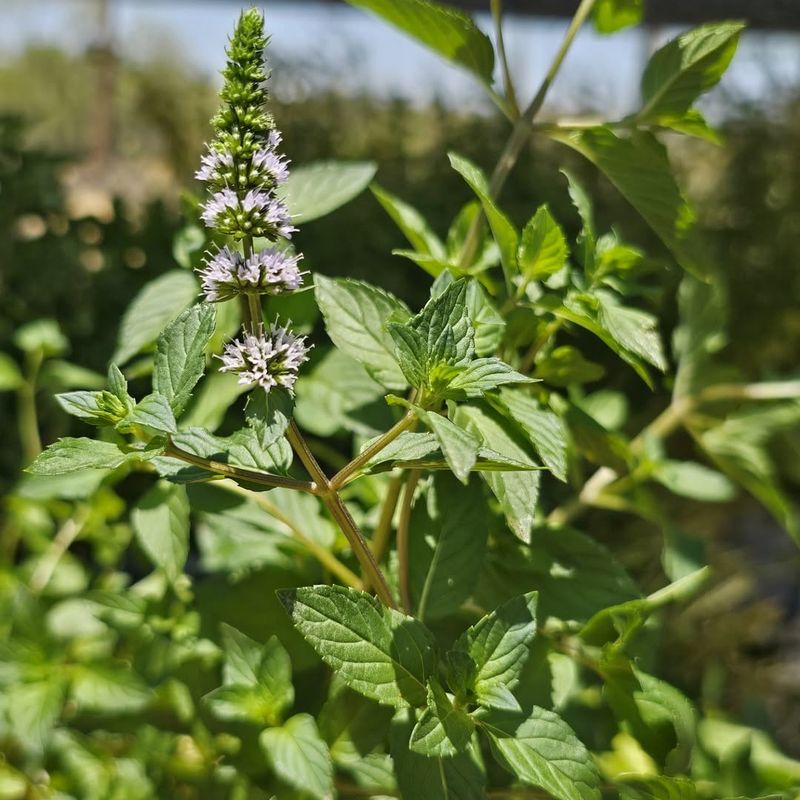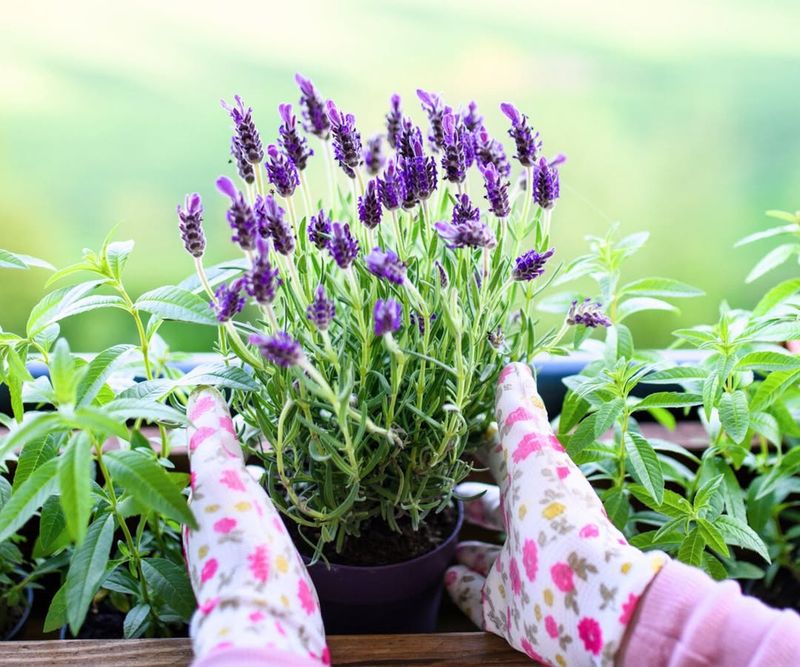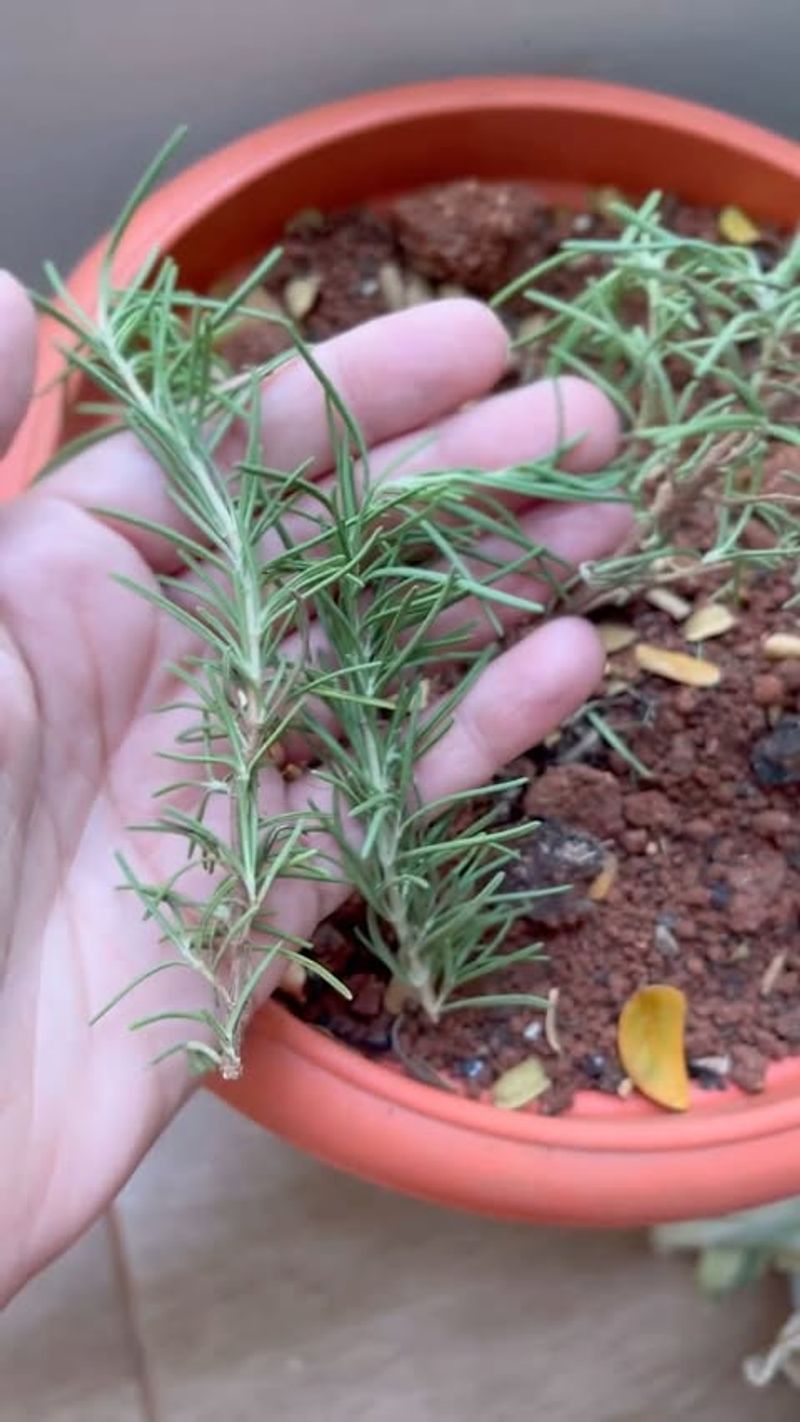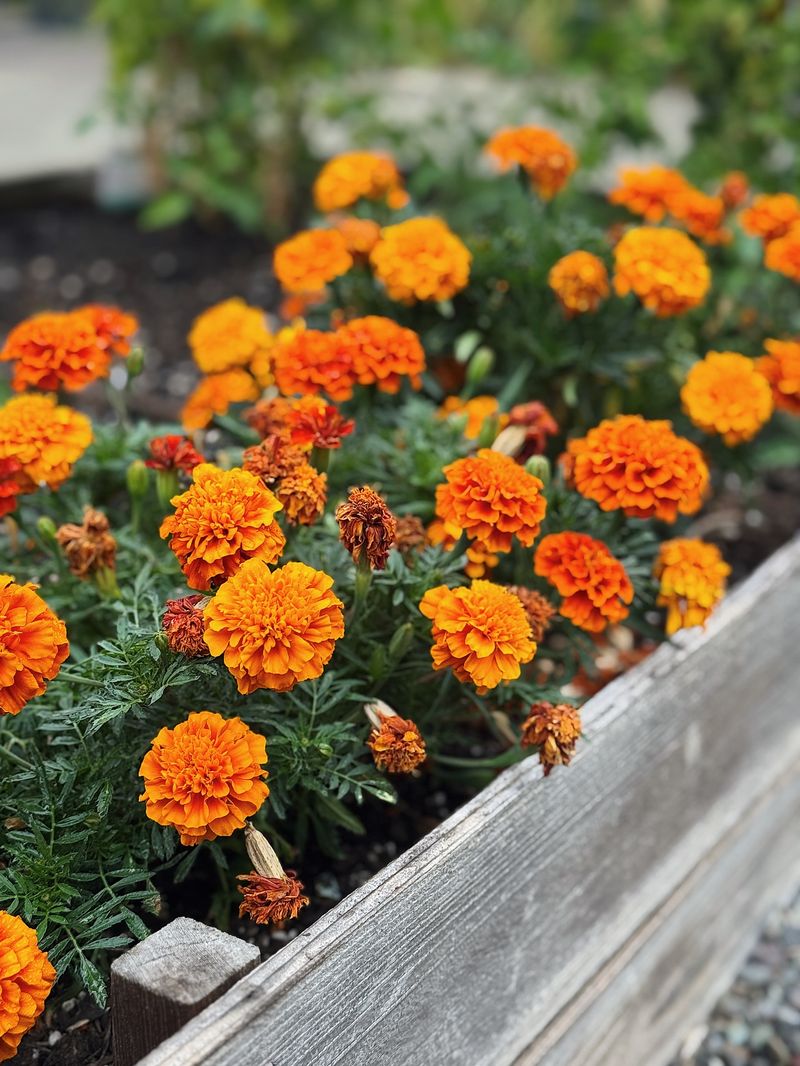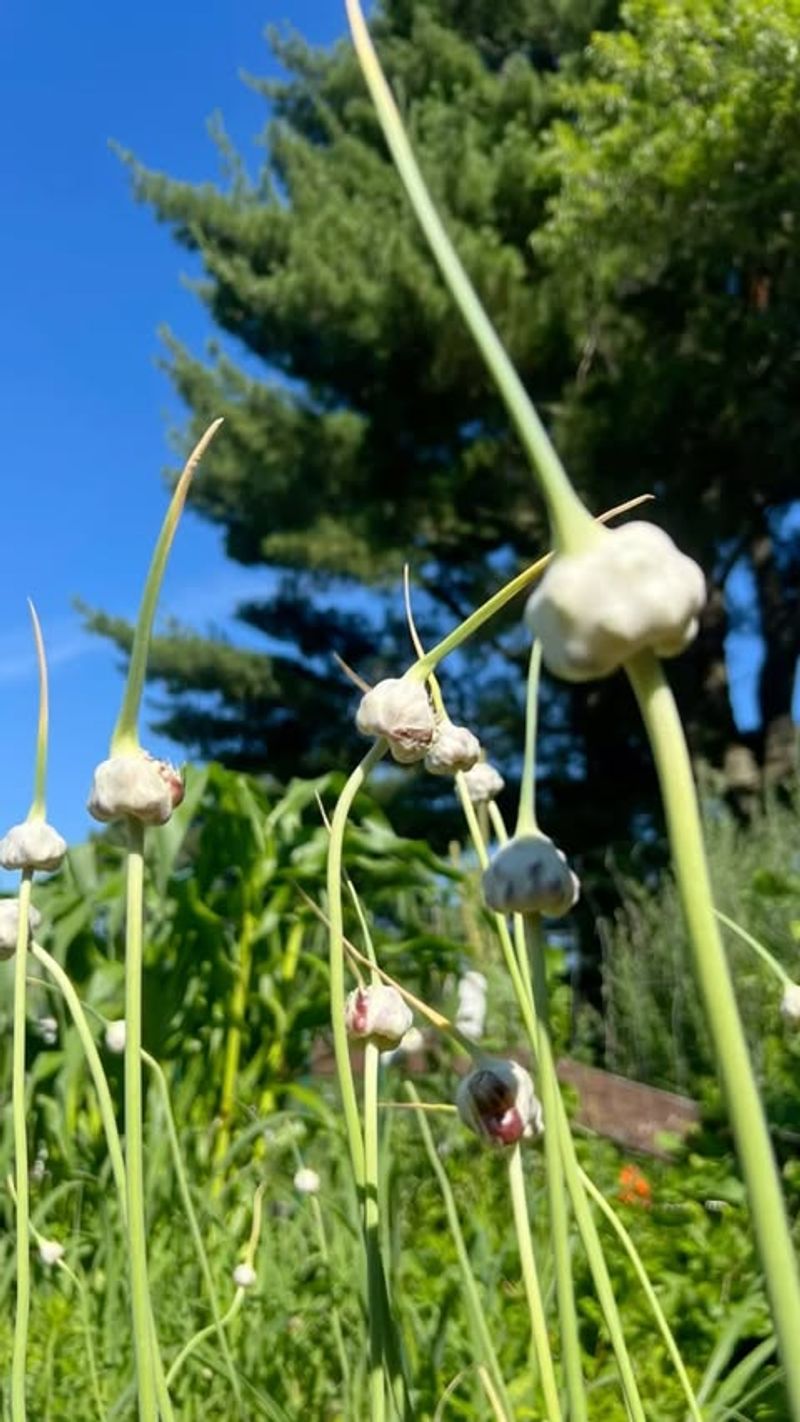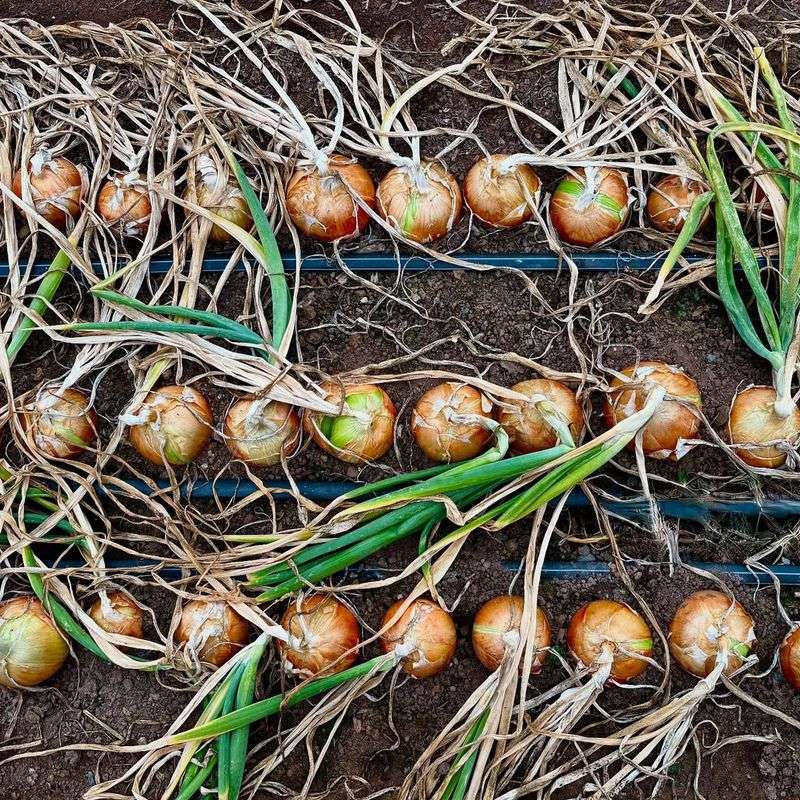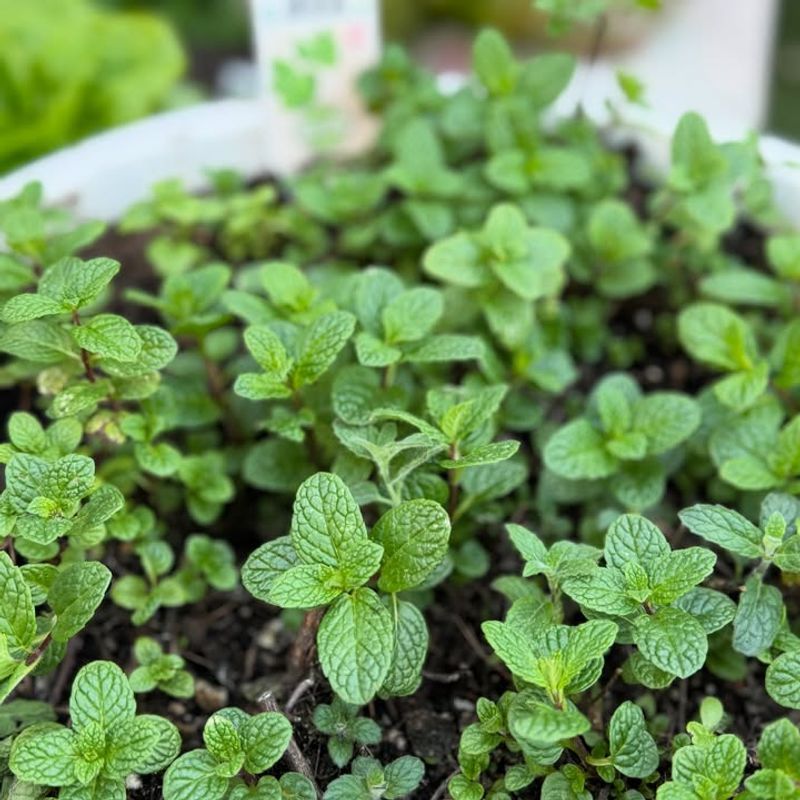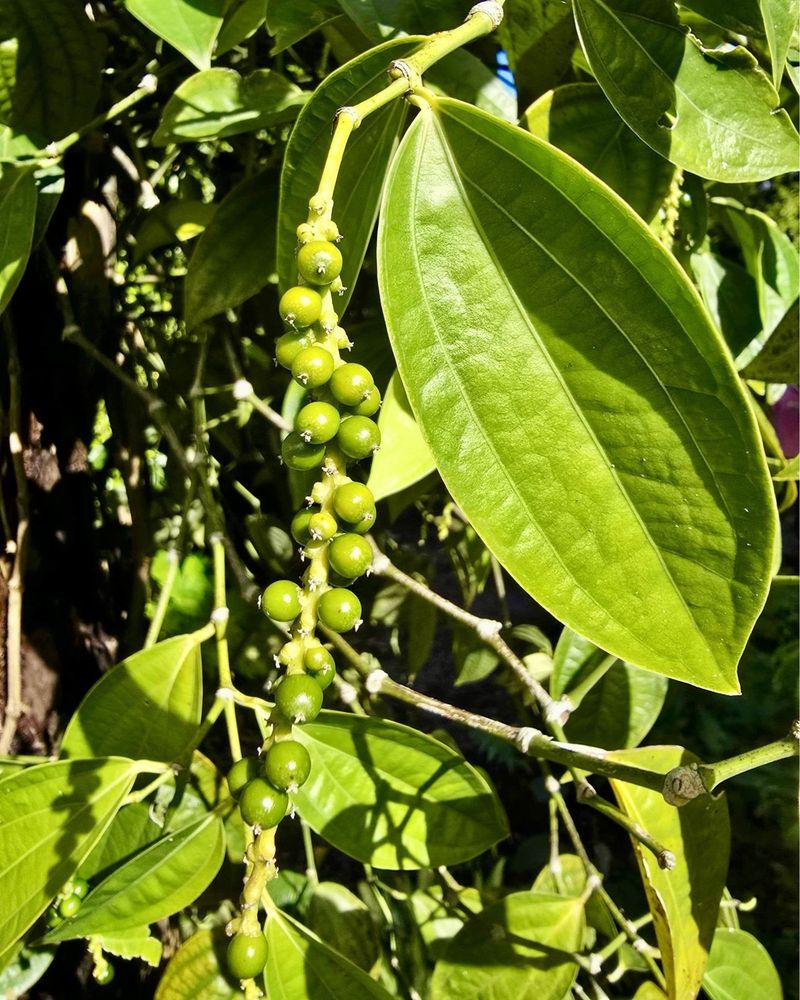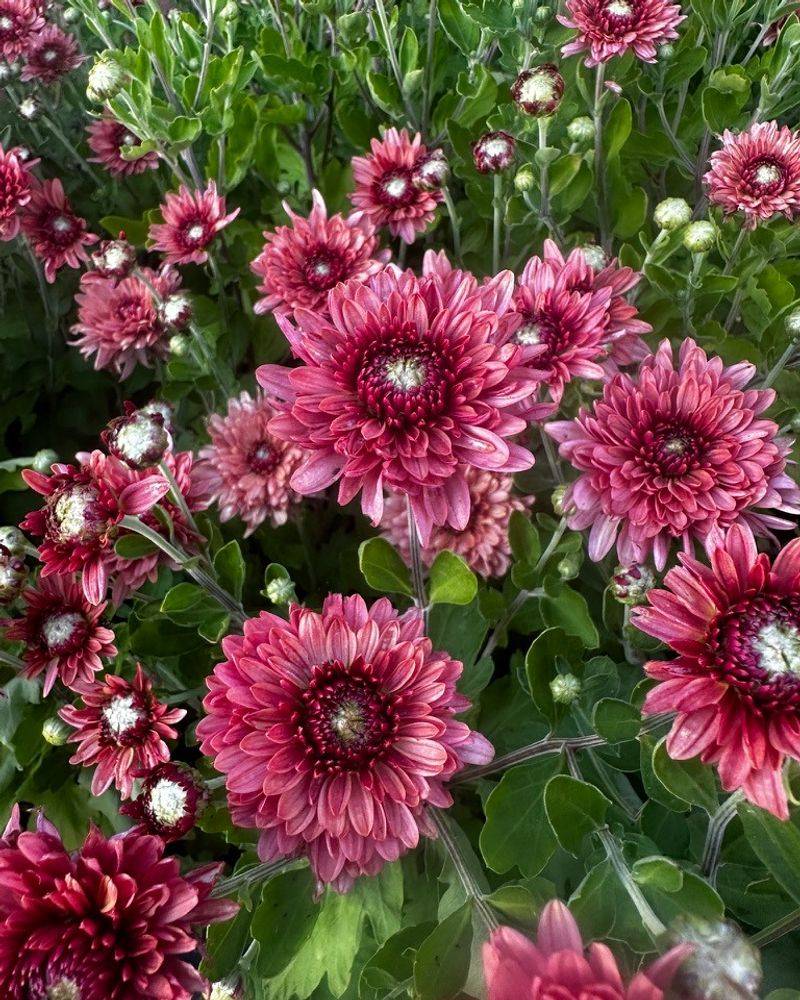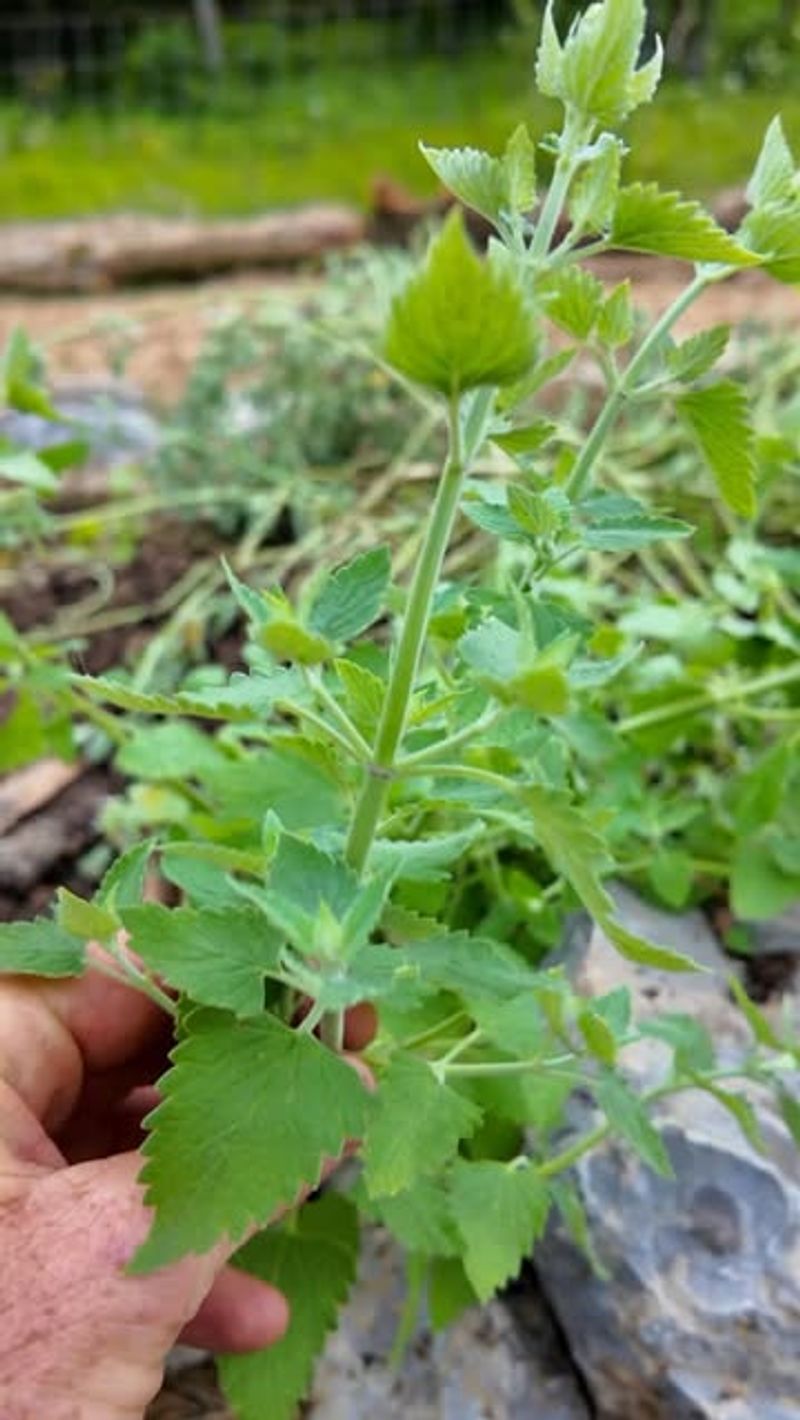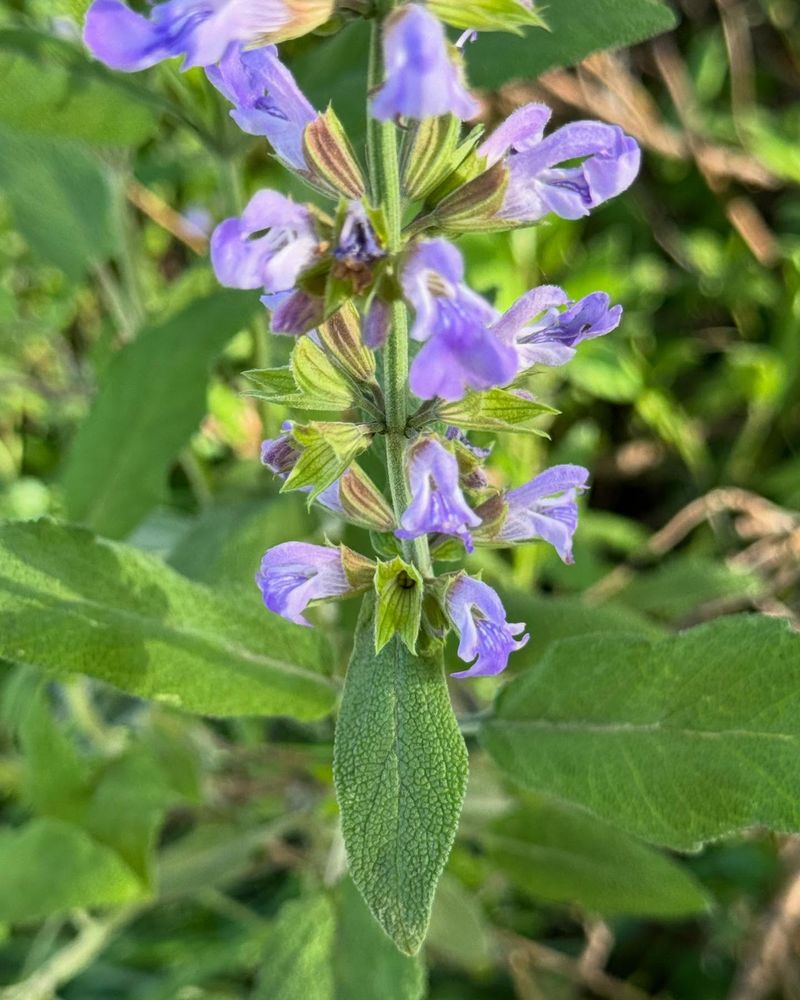Rats can be a real problem for homeowners across Ohio, sneaking into garages, gardens, and even homes. Instead of using harsh chemicals or traps, many people are turning to nature for help. Certain plants naturally keep rats away with their strong smells and tastes.
Growing these plants around your property can create a natural barrier that rodents want to avoid.
1. Peppermint
Strong menthol scents make peppermint one of the most powerful natural rat deterrents available. Rats have extremely sensitive noses, and the overwhelming aroma from peppermint leaves drives them away quickly. Plant it near doorways, foundations, or anywhere you’ve noticed rodent activity.
Peppermint grows easily in Ohio’s climate and spreads rapidly once established. You can also crush fresh leaves and place them in problem areas for an extra boost. The plant thrives in partial shade and needs regular watering to stay fragrant and effective against unwanted visitors.
2. Lavender
Beautiful purple blooms aren’t just pleasing to human eyes—they’re actually a rat’s nightmare. Lavender produces oils that rodents find absolutely unbearable, making them turn around and find somewhere else to nest. Plus, you get gorgeous flowers and a wonderful scent for your outdoor spaces.
Ohio gardeners love lavender because it’s drought-tolerant and low-maintenance once established. Position plants near entry points, garden beds, or compost areas where rats might investigate. The dried flowers also work indoors as sachets to keep rodents out of storage areas.
3. Rosemary
This woody herb does double duty in your yard—it flavors your cooking while keeping rats at bay. Rosemary’s pungent, piney aroma overwhelms rodent senses and makes them uncomfortable staying nearby. The scent intensifies when you brush against the leaves or during hot summer days.
Hardy and evergreen in many Ohio locations, rosemary can survive mild winters with protection. Plant it along walkways, near outdoor dining areas, or around vegetable gardens. Regular pruning for kitchen use actually helps release more of those rat-repelling oils into the air.
4. Marigolds
Cheerful orange and yellow blooms hide a secret weapon against rodents. Marigolds contain pyrethrum, a natural compound that rats absolutely despise. Their roots also release chemicals into the soil that many pests find offensive, creating an underground defense system.
Plant marigolds as colorful borders around your property or vegetable gardens for maximum protection. They’re incredibly easy to grow from seed and thrive throughout Ohio’s growing season. Bonus: They also repel mosquitoes and other garden pests, making them a true multitasker in your natural pest control strategy.
5. Daffodils
Springtime beauties pack a toxic punch that rats instinctively avoid. Every part of the daffodil plant contains alkaloids that are poisonous to rodents, and they seem to know it. Rats won’t dig up bulbs or nibble on leaves, making daffodils excellent perimeter guards.
Plant bulbs in fall around your home’s foundation or garden edges for spring protection. They naturalize beautifully in Ohio lawns and return bigger each year. Once established, daffodils require almost no maintenance while providing reliable rat deterrence season after season throughout your property.
6. Garlic
What keeps vampires away in movies works surprisingly well on rats in real life. Garlic’s sulfur compounds create an intense smell that rodents find revolting and will actively avoid. Even better, you can harvest the bulbs for cooking while the plants do their protective work.
Ohio’s climate is perfect for growing garlic, especially when planted in fall for summer harvest. Space cloves around vulnerable areas like sheds, trash bins, or garden plots. The stronger the variety, the better it works—elephant garlic and hardneck types pack the most pungent punch against unwelcome rodent visitors.
7. Onions
Similar to their garlic cousins, onions emit powerful compounds that send rats running. The smell intensifies as plants mature, creating an increasingly effective barrier around your property. Rats won’t cross areas where onions grow because the scent overwhelms their sensitive respiratory systems.
Plant onion sets or seeds around your garden perimeter for edible protection. They grow easily in Ohio soil and require minimal care beyond regular watering. Harvest the bulbs when ready, but consider leaving a few to flower—the blooms continue releasing rat-repelling scents even longer than the growing plants.
8. Mint Varieties
Beyond peppermint, other mint family members work wonders against rodent invasions. Spearmint, chocolate mint, and apple mint all produce strong aromatic oils that rats can’t tolerate. Each variety offers slightly different scent profiles, so mixing several types creates layers of protection around your home.
Be warned—mint spreads aggressively and can take over garden beds quickly. Plant in containers or bordered areas to control growth while still benefiting from rat-repelling properties. Place pots near doorways, garage entrances, or anywhere you want to create an aromatic barrier that rodents won’t cross willingly.
9. Black Pepper Plant
While tropical, pepper plants can grow outdoors in Ohio summers or year-round indoors near problem areas. The leaves and developing peppercorns release capsaicin-related compounds that irritate rat nasal passages. Even brushing against the plant causes enough scent release to discourage rodent exploration.
Grow pepper plants in containers so you can move them to wherever rats appear. They need warm temperatures and humidity but reward you with both rat deterrence and actual peppercorns. Position near basement windows, crawl space entrances, or other vulnerable spots where rodents might attempt entry into your home.
10. Chrysanthemums
Fall favorites contain pyrethrin, the same natural insecticide found in many commercial pest products. Rats detect this compound and stay away from areas where mums grow. The flowers come in stunning colors that brighten autumn landscapes while secretly working as rodent security guards.
Plant chrysanthemums in late summer for fall blooms and protection during harvest season when rats search for food. They’re perennials in Ohio, returning each year with proper winter mulching. Position them near vegetable gardens, compost piles, or sheds where you store bird seed or pet food that might attract hungry rodents.
11. Catnip
Cats aren’t the only ones affected by this powerful plant—rats absolutely hate it. Catnip contains nepetalactone, an oil that repels rodents while attracting feline friends who might also help with your rat problem. It’s like hiring fuzzy security guards that patrol your property naturally.
Easy to grow throughout Ohio, catnip thrives in sunny spots with decent drainage. Plant it near foundations, garages, or anywhere rats have been spotted. If you have outdoor cats, they’ll help spread the scent by rolling in the plants, actually increasing its effectiveness as a natural rodent deterrent around your entire yard.
12. Sage
This culinary favorite doubles as excellent rat defense thanks to its strong aromatic oils. Sage’s camphor-like scent confuses and repels rodents who rely heavily on smell for navigation. The fuzzy leaves hold scent well, releasing it slowly over time to maintain consistent protection around your property.
Plant sage near kitchen gardens, outdoor seating areas, or along home foundations in Ohio’s well-drained soil. It’s drought-tolerant once established and survives most Ohio winters with mulch protection. Harvest leaves regularly for cooking—cutting actually encourages bushier growth and releases more of those rat-repelling essential oils into your surrounding garden spaces.

